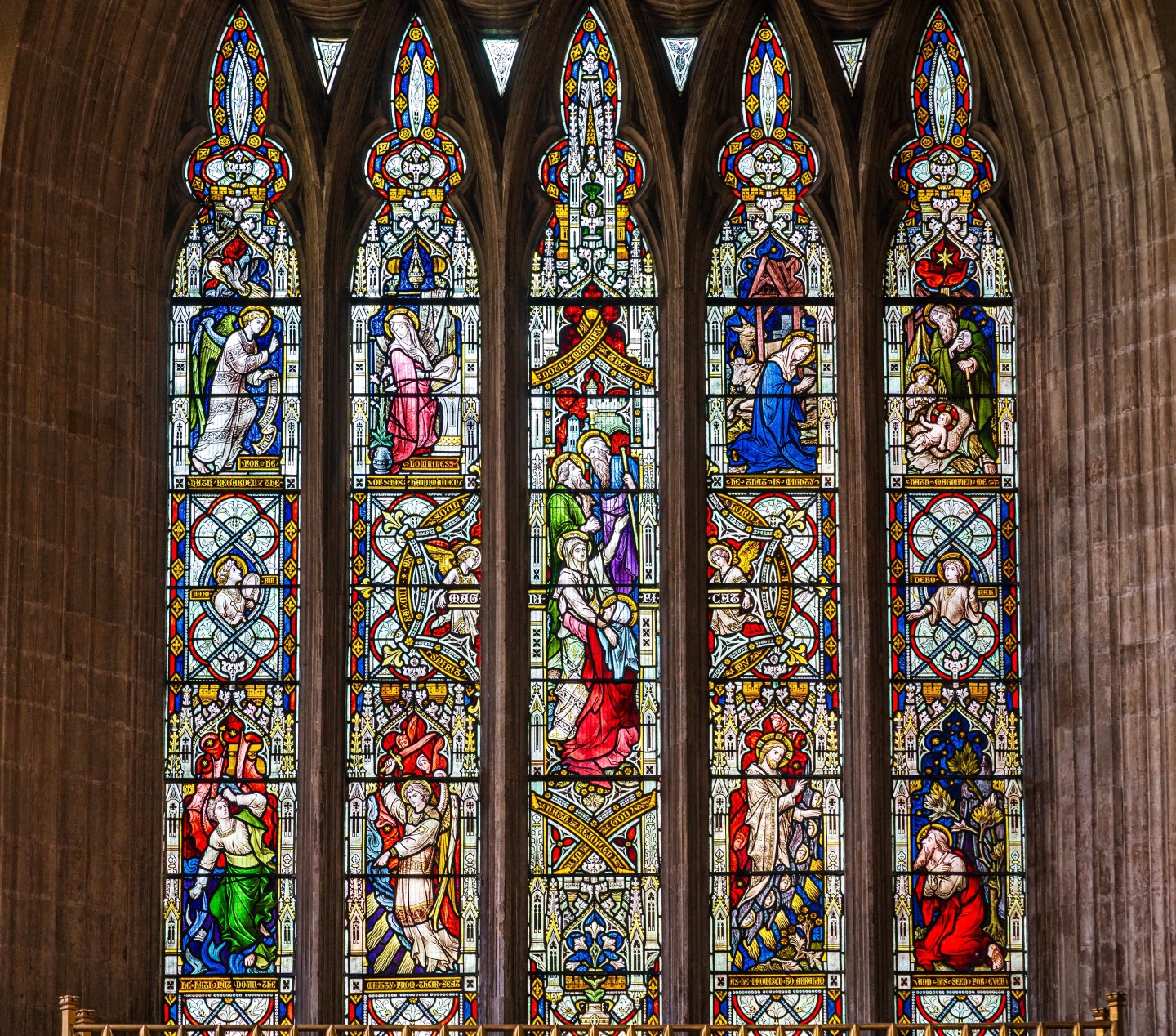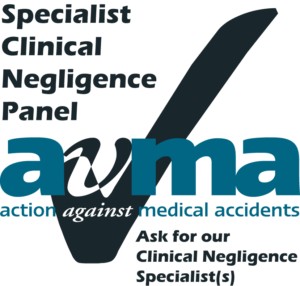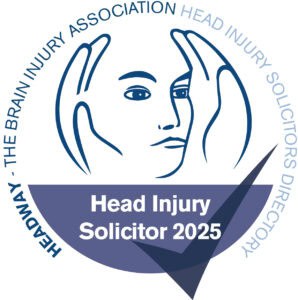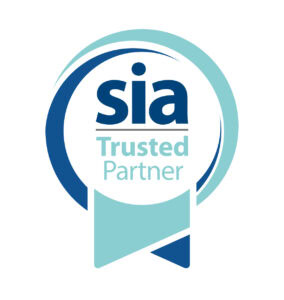
Outrage as Church of England rejects full independent safeguarding
Campaigners have hit out at the Church of England’s decision to block fully independent safeguarding measures to protect against abuse.
The Church of England’s governing body, the General Synod, has been accused of giving abuse victims a “punch in the gut” after dismissing the independent model, instead opting for a less ambitious proposal described as a “short-term solution”.
Reactions to the decision
Child safety expert Prof Alexis Jay, who had advocated for a fully independent system, called the outcome “deeply disappointing”, arguing it would further damage trust among victims and survivors of abuse.
Despite support for a more independent approach, the Church’s governing body chose a model that would create an independent central safeguarding team but maintain current roles for diocesan and cathedral safeguarding officers.
Campaigners and advocates for abuse survivors have criticised the decision as a missed opportunity to make a bold statement about the Church’s commitment to reform.
Lucy Duckworth from the Survivors Trust called it a “devastating blow,” while Andrew Graystone, a survivor advocate, described it as a “punch in the gut” for abuse victims. The Church, despite its promise to implement change, now faces backlash for not taking a stronger stand on safeguarding.
The vote follows a turbulent period for the Church, including the resignation of former Archbishop Justin Welby over his handling of an abuse case, and calls for Archbishop of York Stephen Cottrell to step down from his temporary post as head of the Church after a BBC investigation into abuse by ex-priest David Tudor involving several of our clients.
Why a fully independent safeguarding model is important
As a law firm that represents many past and present survivors of abuse from senior figures in the Church, we are deeply disappointed in this recent decision from the Church of England’s governing body.
Fully independent safeguarding within the Church of England is not just a legal or procedural necessity; it’s a moral one.
The Church has come under intense scrutiny in recent months due to its failure to prevent sexual abuse of young people in favour of protecting senior members of their clergy and the Church’s reputation.
The Church should therefore be doing everything in its power to ensure safeguarding is improving and individuals are protected. It is surprising the Church is not prioritising sending this message to the public, whose trust in the institution has been so badly damaged in recent months.
Accountability and transparency
One of the primary reasons safeguarding in the Church of England should be fully independent is to ensure greater accountability and transparency in its processes.
High-profile abuse scandals within the Church (such as the David Tudor case) have often been marred by cover-ups, delayed responses, and a reluctance to hold senior figures accountable. This lack of external oversight has resulted in a further erosion of trust, both amongst the public and within the faith community.
We have heard from some clients about how let down they feel by the Church. Often complaints will have been made to the Church or confessions to senior figures made by an abuser themselves, but no action has been taken to remove the abuser from ministry and prevent them accessing young children. This is an issue that can surely only be rectified by complete independence in the Church’s safeguarding model.
Also, by establishing independent safeguarding mechanisms, the Church can move away from a system where those in power may have conflicts of interest. Independent bodies are far less likely to be influenced by the political and hierarchical structures within the Church and therefore can act more swiftly and decisively when allegations are raised.
Final thoughts
Ultimately, safeguarding measures must prioritise the safety and well-being of vulnerable individuals, not the protection of the institution itself.
Safeguarding is not simply a matter of policy or procedure; it directly impacts the well-being of vulnerable individuals.
For the Church of England to stand by its Christian values to protect and care for those in need, safeguarding must be placed outside the influence of its internal structures, creating a more just and transparent environment for all, especially survivors of abuse.










